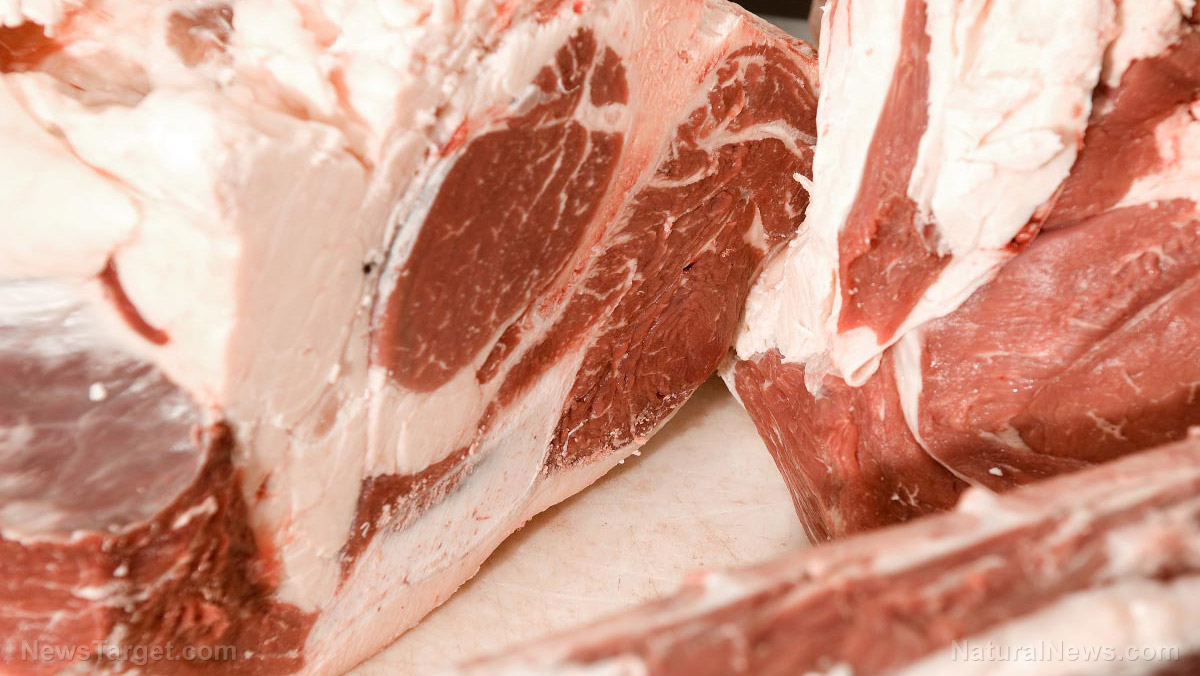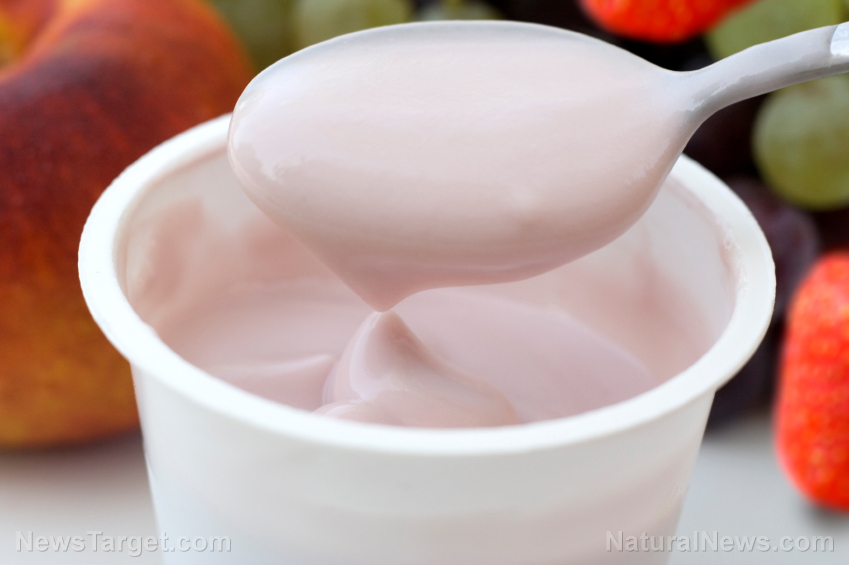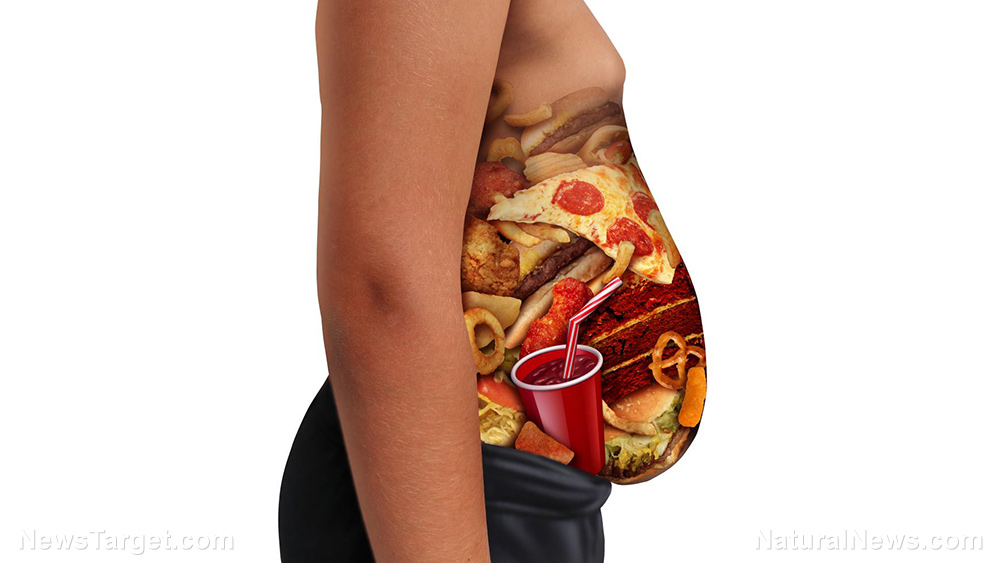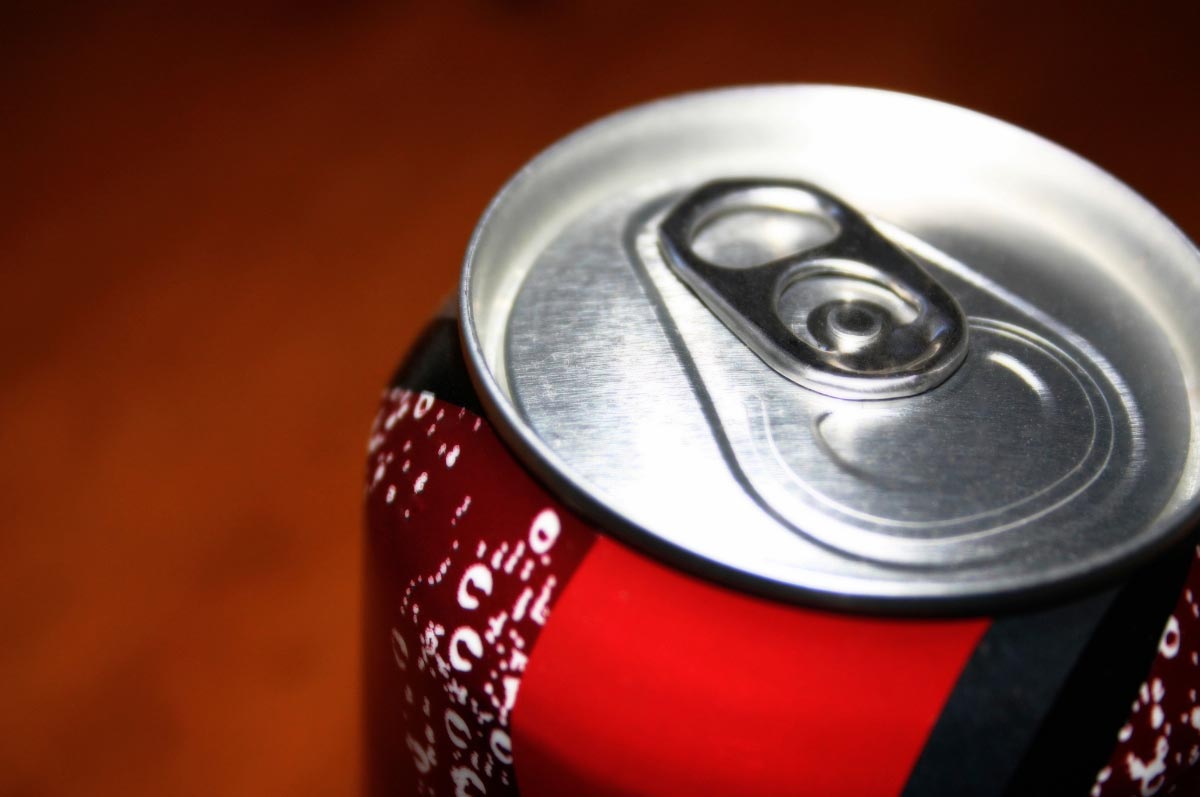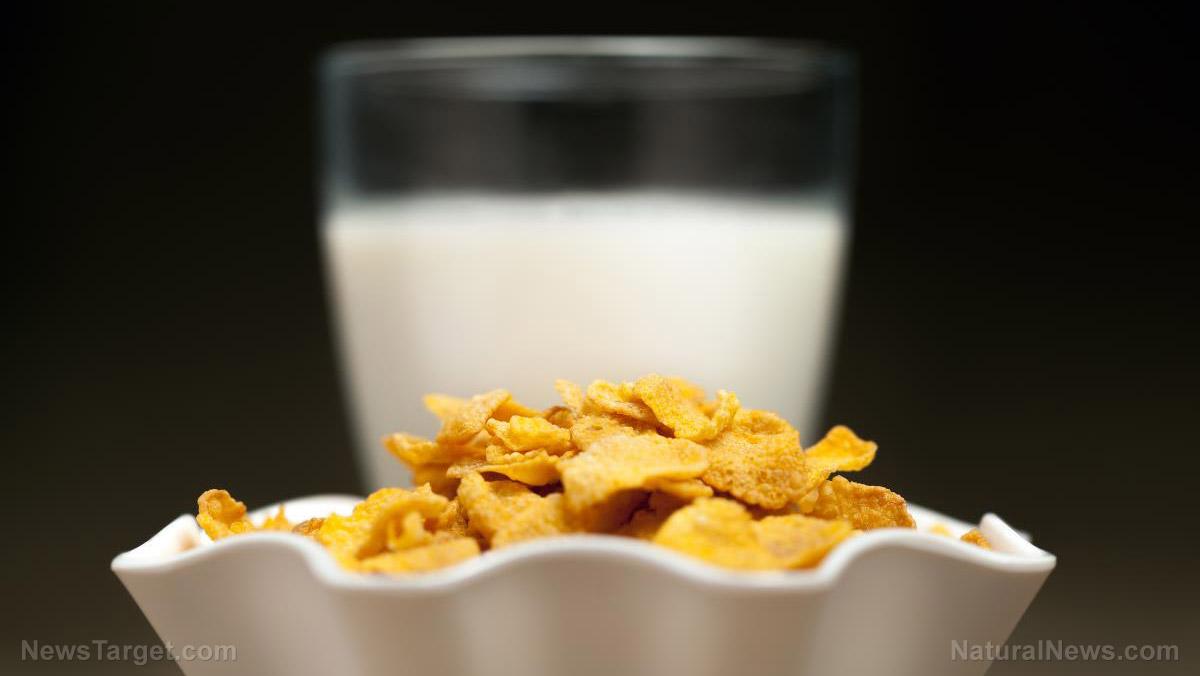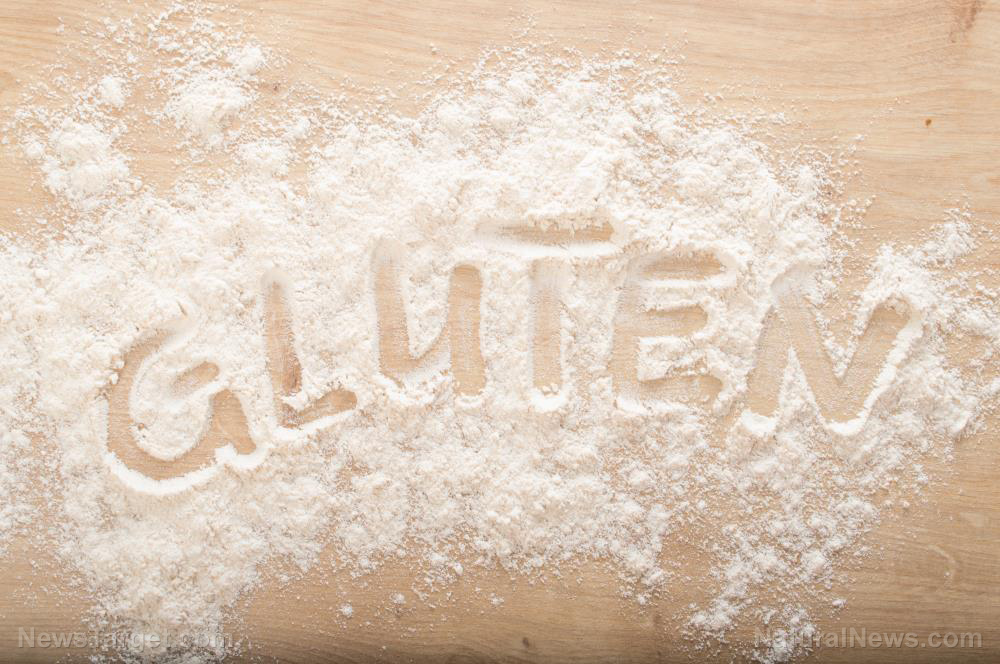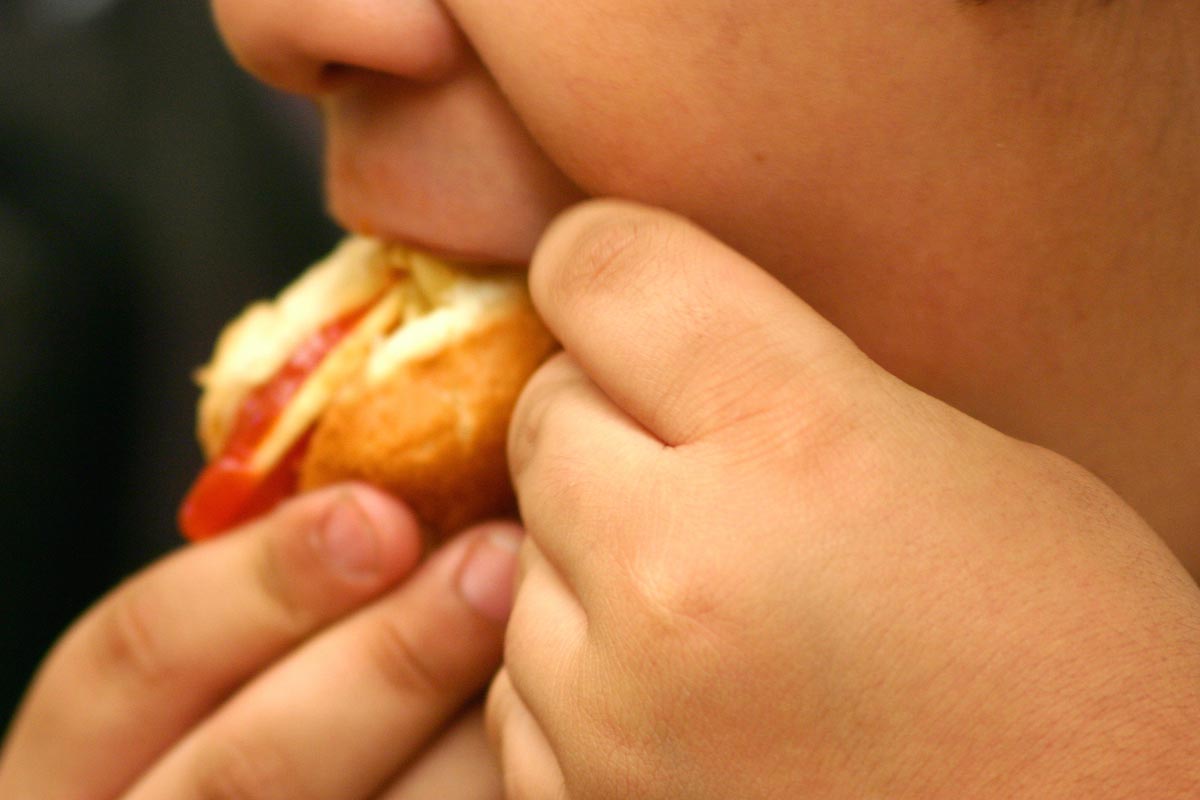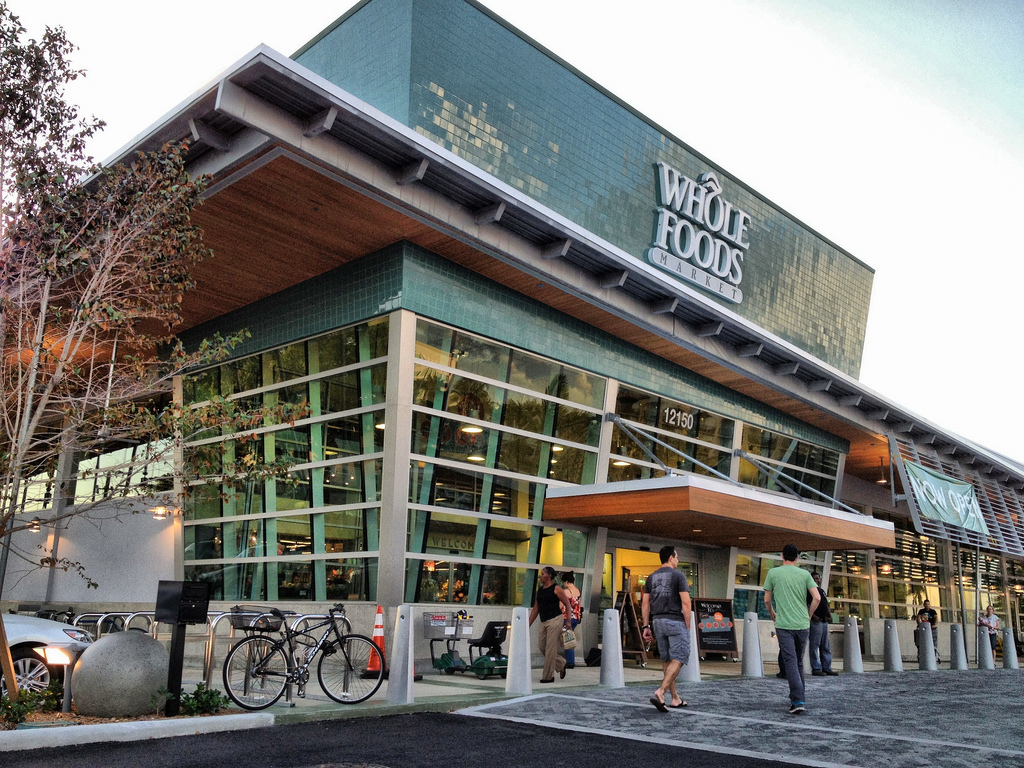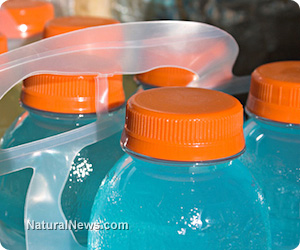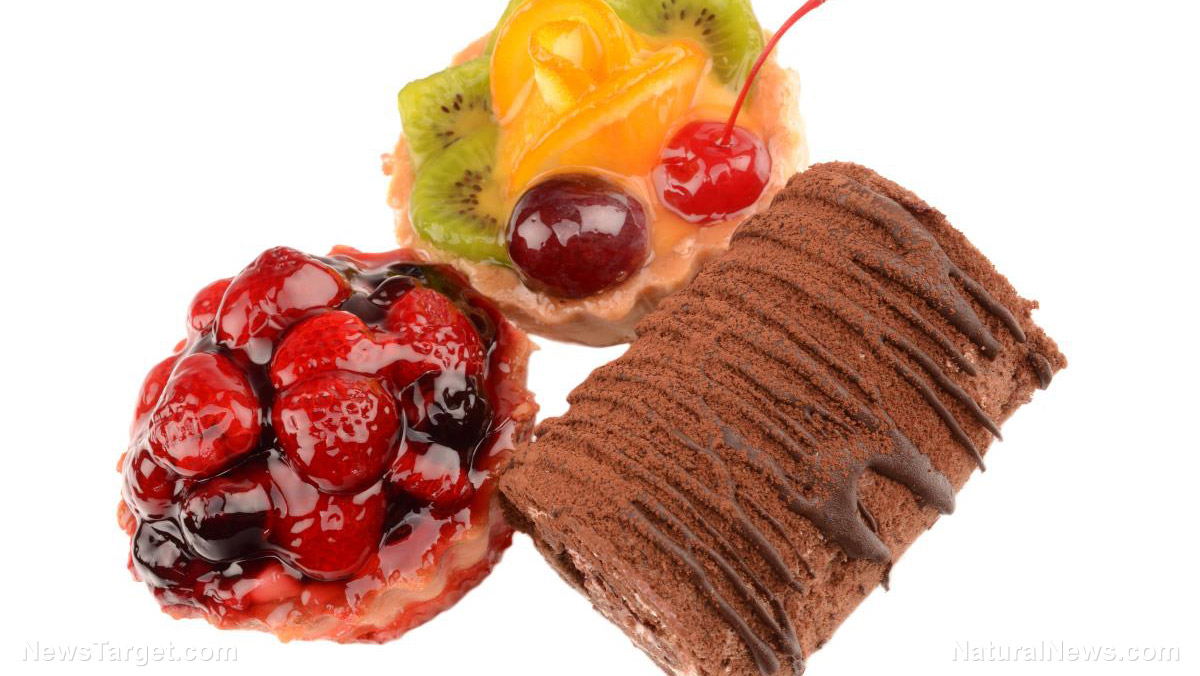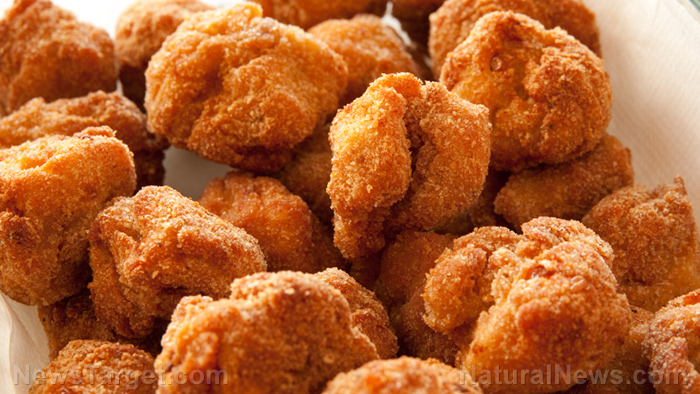Hidden sugar: Food companies disguise its presence with these deceptive practices
04/29/2019 / By Isabelle Z.
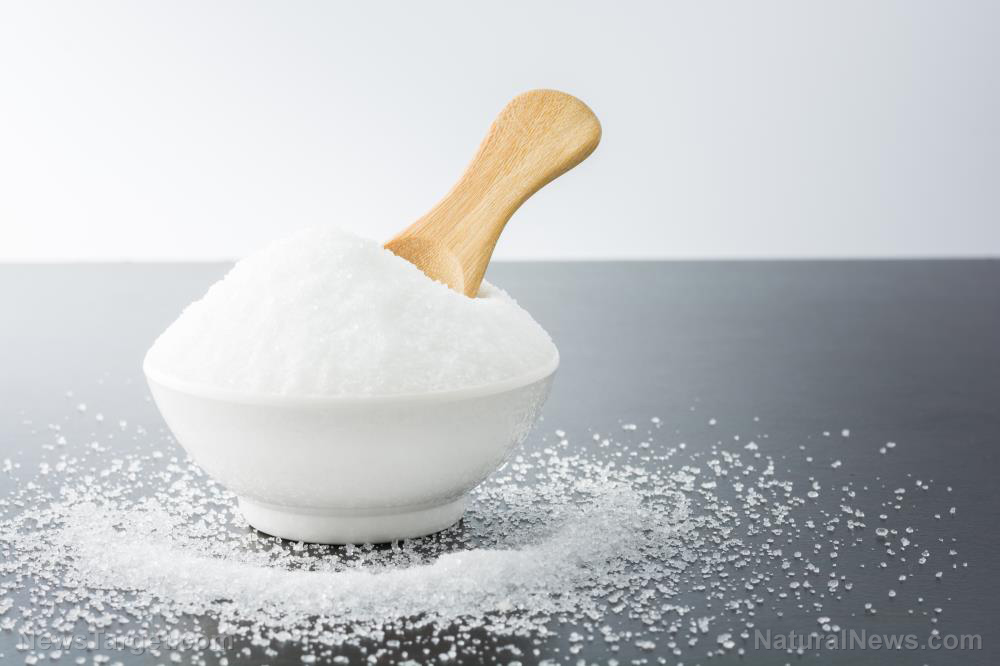
By now, you know you should be avoiding sugar at all costs if you care about your health. Perhaps you’re already going out of your way to avoid buying foods that feature sugar or high-fructose corn syrup near the top of the ingredients list. However, those who make these foods are well aware of people’s sugar concerns and are doing their best to disguise the presence of this toxic substance in their food, and even the most fastidious label-checkers aren’t immune to some of their practices. Here’s a look at some of the ways they’re sneaking sugar into your food.
Using a different name
The first trick you might encounter is simple: referring to sugar by a different term. You’re probably already aware that words like fructose, sucrose and glucose indicate the presence of sugar, but there are other creative names you might not immediately recognize when you’re scrutinizing ingredients lists.
For example, sugar sometimes goes by terms like evaporated cane juice, maltose, barley malt, cane juice crystals, and fruit juice concentrate. Syrups can also be a tip-off; malt syrup, rice bran syrup, agave nectar, and oat syrup are all forms of sugars and are best avoided.
Divide and conquer
Most consumers are aware that ingredients are listed in order of weight on packaged foods, so those appearing near the top of the list feature the most prominently in the food you eat. Therefore, clever food manufacturers are using several types of sugar rather than just one so that the terms appear lower in the ingredients list, giving the illusion the items contain small amounts of sugar when it’s really the main ingredient. If you see multiple types of sugar listed near the bottom of an ingredients list, put it back on the shelf and walk away.
“Healthy” sugar is still sugar
Some food companies like to use alternative sweeteners with healthy-sounding names so they can boast on the packaging that their product “contains no refined sugar.” Instead, they use high-sugar sweeteners like sugar beet syrup, raw sugar, maple syrup, honey, coconut sugar, agave syrup, and birch syrup. Some of these options may be slightly lower on the glycemic index, but they’re generally not nutritious – and more importantly, they are still sugar. They may be slightly more natural, but you need to eat such foods very sparingly.
Look out for sugar in unexpected places
If you’re avoiding sugar, you probably won’t even pick up a candy bar or a box of cupcakes in the first place, but you also need to look out for foods that aren’t necessarily considered sweet. Manufacturers are adding sugar to foods like spaghetti sauce and salad dressings to make them taste better, and foods like whole-grain breakfast bars can often contain as much as 4 teaspoons of sugar a piece! Yogurt is one of the biggest offenders, with some cups containing as much as 6 teaspoons of sugar in them – so much for “health food!”
The average American will consume an incredible 82 grams of added sugar each day, which is well over three times the American Heart Association’s maximum recommended amount for women of 25 grams per day. While it’s true that lots of people willingly eat sweet foods, some of this consumption is inadvertent.
Clever food companies might be able to trick you into thinking their products aren’t loaded with sugar, but your body will always know it’s there and sustain damage accordingly. You don’t need a chemistry degree to decipher food labels; just skip processed foods entirely and you won’t need to worry about unwittingly ingesting sugar.
Sources for this article include:
Tagged Under: deception, food labels, high-fructose corn syrup, ingredients, misleading labels, sugar, sweeteners, toxic ingredients

